May 11, 2024 | 08:06 GMT +7
May 11, 2024 | 08:06 GMT +7
Hotline: 0913.378.918
May 11, 2024 | 08:06 GMT +7
Hotline: 0913.378.918

Difficulties appear during the transition process of the export method to China from unofficial quota to official quota. Photo: Tung Dinh.
During the working session with Minister of Agriculture and Rural Development Le Minh Hoan and representatives of the Ministry of Industry and Trade, the Ministry of Foreign Affairs and some units of the Ministry of Agriculture and Rural Development on March 9, many businesses and industry associations gave out ideas and contributions, aiming to change the export mode from unofficial quota to official quota.
The majority agreed that it is essential to have a change in mindset and redetermine the position of the China market in consideration of the export agro-products. China should now be considered as a major market with strict requirements. Vietnam’s business should promote export-import activities through the official quota.
Mr. Pham Thanh Binh, Director of the Department of Northeast Asia Affairs (Ministry of Foreign Affairs), said that China will promote official trade in association with food safety and hygiene standards.
“Consumer demand in the China market has moved on from ‘basic’ to ‘quality’, more and more inclined towards ‘safe’ and ‘healthy’. As a result, the standards applied to products increase, not only for imported goods but also for China’s domestic agro-products. This stems from China's internal demand, not targeting any specific market," Mr. Binh said.
Another thing is that the exportation of Vietnamese agro-products to China is mostly through unofficial quota, with traders from the other side coming directly to the raw material area to negotiate and conduct trade. This method has existed for many years, straightly influencing the interests of many parties.

Mr. Dinh Cao Khue, Chairman of the Board of Directors of Dong Giao Foodstuff Export Joint Stock Company, speaking at the event. Photo: Tung Dinh.
From an enterprise’s viewpoint, Mr. Dinh Cao Khue, Chairman of the Board of Directors of Dong Giao Foodstuff Export Joint Stock Company, said that the transition to official quotas should be done as soon as possible, but the current unofficial quota method needs a reasonable maintenance plan and reduces gradually through each stage.
Difficulties in production management and quality control are present in many places.
Long An has wanted to standardize the raw material area since 2015 but it is unlikely to be realized because the cooperation between enterprises and farmers did not bear fruit.
Businesses in Binh Thuan cannot cooperate with farmers and cooperatives due to the large price fluctuation of dragon fruits. They cannot control the source of goods, and the contract is rendered null.
As a large enterprise in the field of agro-product import and export, Mr. Khue said that the key issue to convert from unofficial quota to official quota is to secure the production procedures and product standards.
Mr. Pham Van Tan, Deputy Director of Binh Thuan Department of Agriculture and Rural Development, said that the locality will reorganize production to acquire safe products, moving into official export at the request of markets.
As for Long An, Ms. Dinh Thi Phuong Khanh, Deputy Director of Long An Department of Agriculture and Rural Development, proposed to build point models of production with guaranteed quality and procedure, thereby raising awareness so that more people can follow, learn, and improve the general quality of the region’s agro-products.
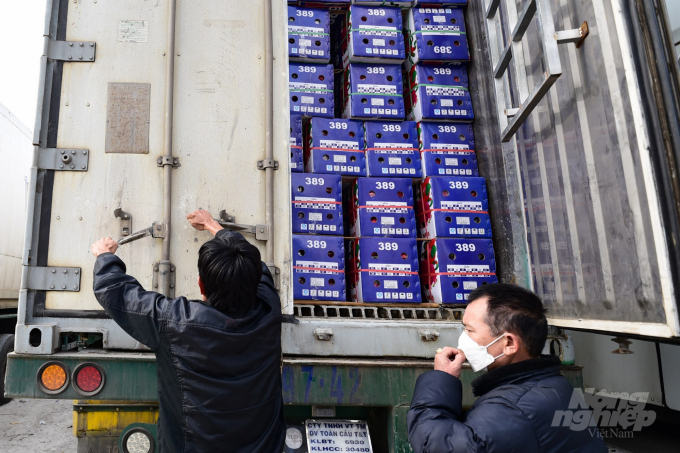
To be able to export through official quota, the first problem of Vietnamese agro-products is the assurance of production procedure and product quality. Photo: Tung Dinh.
In addition to quality enhancement and self-advocacy, businesses, associations and localities also asked for more support from the Ministry of Agriculture and Rural Development as well as related ministries and branches. They wished to gain more information about major customers, deep in China's territory, thereby having adequate changes and flexible approaches and diving deeper into producing specialized products that can harness great profit.
"We can research products according to the taste of each region, understand to the fullest the seasonal crops of products that this country is capable of producing itself to change our own production structure. We can also look for products that are highly regarded by the China market but we rarely use or produce such as dried figs," said Mr. Ngo Quoc Khang, Director of Smart King Vietnam Co., Ltd.
Mr. Khang gave another idea, mentioning the establishment of a large association which includes representatives of many small associations to coordinate and orient production for the China market.
Regarding this issue, Mr. Binh said, “We can participate in more fairs to connect businesses of the two countries. It is possible to focus on China's border provinces first and then gradually expand the market inland."
Mr. Nong Ngoc Trung, Director of the Golden Field Agro-Forestry JSC, who has many years of experience in trading with Chinese customers, proposed to establish a processing and product introduction area near the border so that partners can visit and specify standards for more methodical production.
Translated by Samuel Pham
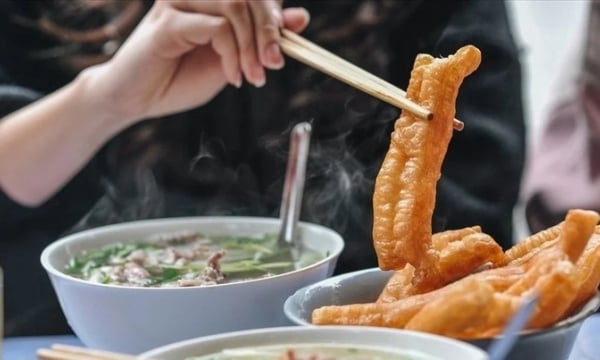
(VAN) Synthetic products such as Vietnamese beef noodle soup are governed by new Regulations (EC) 2022/2292, requiring public and transparent information about origin and establishments producing.
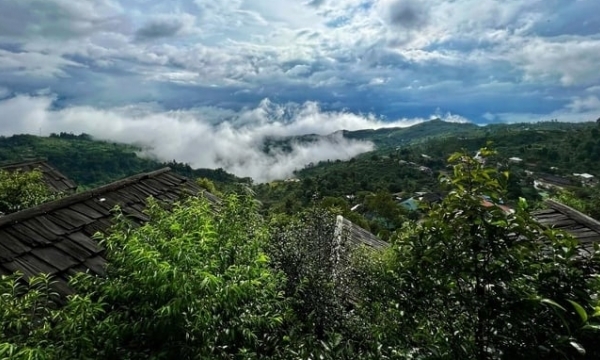
(VAN) The Northern Midlands and Mountainous region will form concentrated, specialized production areas with appropriate scale associated with processing and markets.
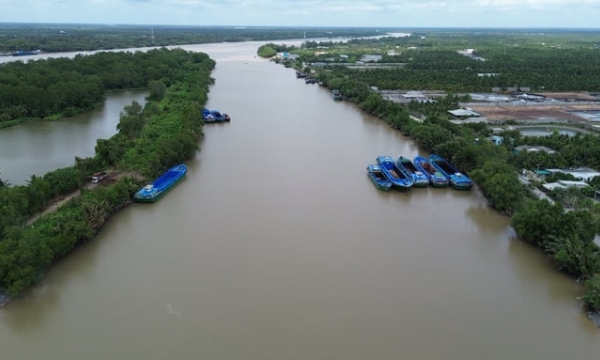
(VAN) Vietnam and the Mekong Delta region are most severely affected by climate change and sea-level rise compared to other areas.
/2024/05/07/4408-1-153647_55.jpg)
(VAN) This goal is prioritized in the Prime Minister's Decision No. 376/QD-TTg dated May 4 approving the regional planning for the 2021–2030 period, with a vision to 2050.
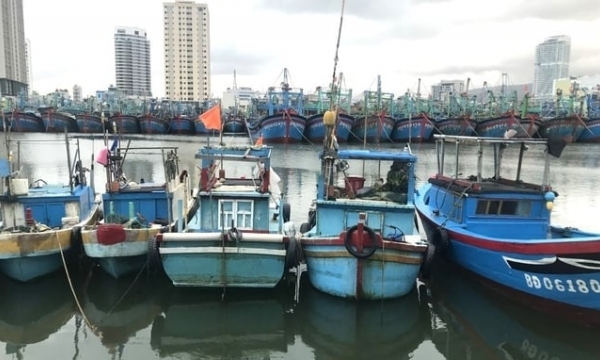
(VAN) Binh Dinh province will salvage approximately 340 dilapidated wooden fishing vessels, vessels engaged in destructive fishing practices and vessels at high risk of IUU violations.
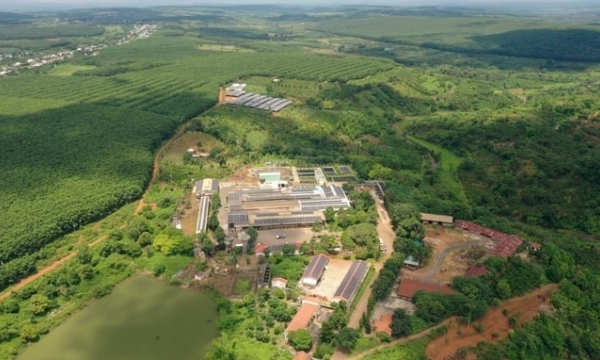
(VAN) Prime Minister Pham Minh Chinh signed a Decision on May 4, 2024, approving the plan for the Central Highlands region for 2021 - 2030.
/2024/05/07/4241-1-003249_546.jpg)
(VAN) There will be two sub-regions of economic and social development in the Red River Delta (North and South of the Red River). Hanoi Capital will be a globally connected central city.